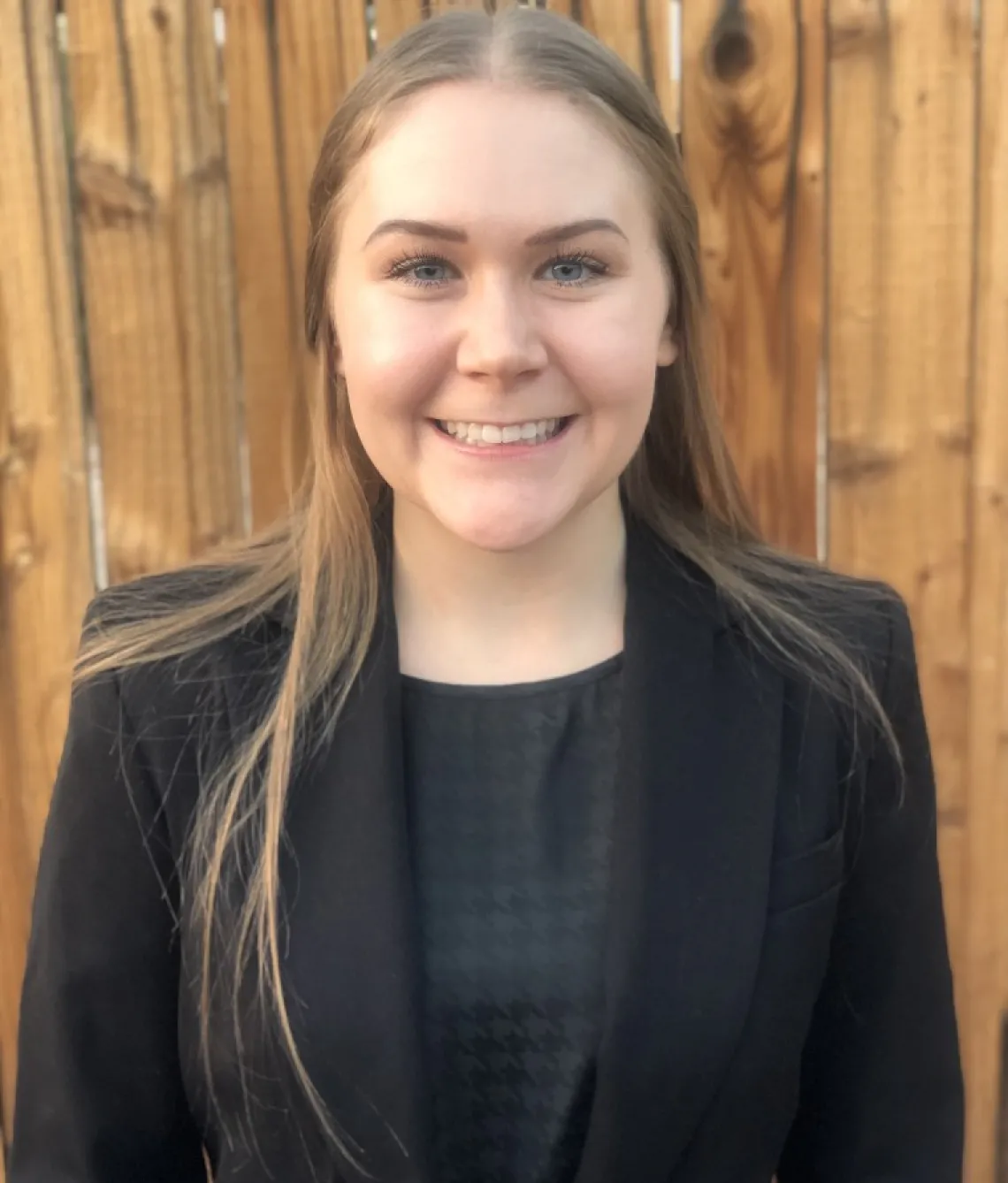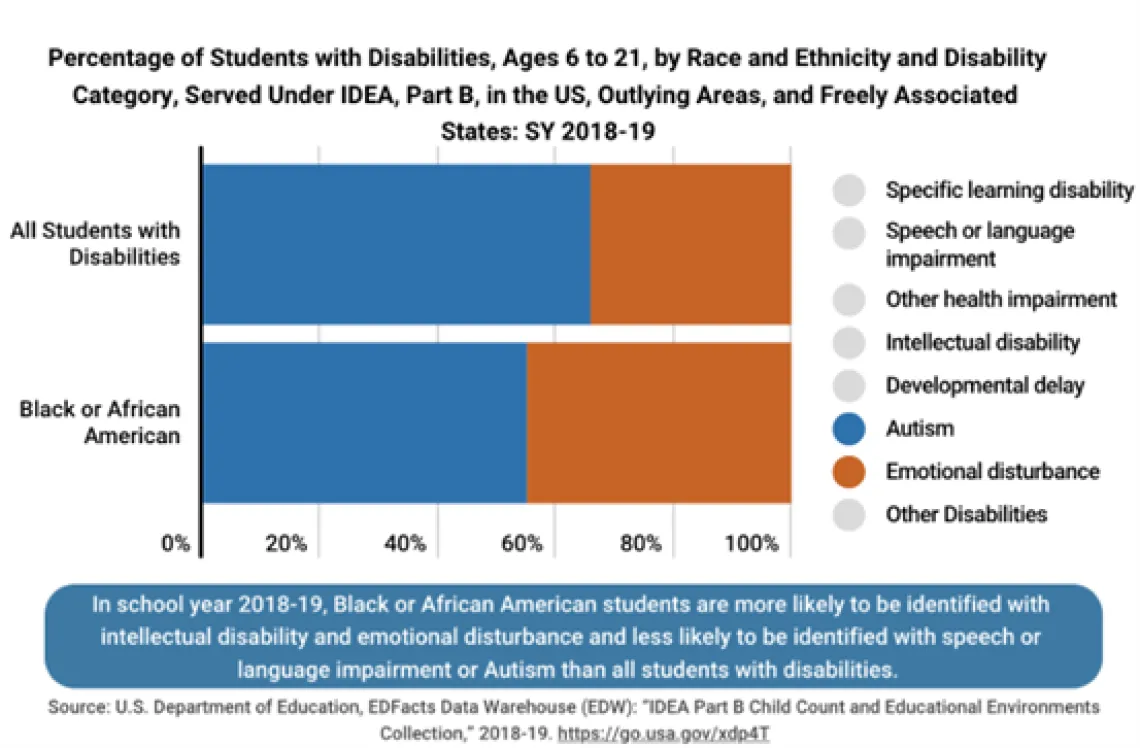The CACTI Blog: Data Darkness in Arizona and Disproportionality in Special Education

By Alyssa Gandolph, 2021-2022 Disability Policy Fellowship
Despite an inherent connection between disability policy and educational policy, I rarely came across disability issues within my general education studies. Through the Sonoran Center’s Disability Policy Fellowship, I had the opportunity to examine some of the most pressing issues at the intersection of disability and education.
As a political science and education student at the University of Arizona, I decided to focus on ways to make education more equitable for all students. I interned for organizations focused on youth incarceration, the needs of Hispanic students, and school segregation. Additionally, I will be pursuing my master’s in Education Policy and Analysis at Harvard University starting in Fall of 2022. There, I will continue to advocate for policy solutions to educational issues. When attending a webinar on disability, though, I realized that the disability community is often left out of policy conversations. The Policy Fellowship has allowed me to hear from special education teachers, legal advisors, advocates, and researchers in the field.
One issue that caught my attention during the initial research phase was data darkness in Arizona. Data darkness refers to the holes in data collection which result in an incomplete representation of the statistics. When hearing from the community, there seemed to be two camps on disproportionality for disabled students in Arizona. Disproportionality in special education refers to the tendency of students in certain racial and ethnic groups to be identified for special education services, placed in more restrictive educational settings, and disciplined at higher rates (National Center for Learning Disabilities, 2020, p. 1). A 2019 report from the U.S. Department of Education found no significant disproportionality for students of color with disabilities in Arizona (State Performance Plan, 2019, p. 37). However, other experts have questioned this result, arguing that there are differences in representation across races in special education (Barton, 2021; Kmack, 2021).
In my research on the topic, I came across findings from the Arizona Center for Investigative Reporting (AZCIR). The AZCIR analyzed 504 plans from across the state, comparing them to the U.S. Department of Education Civil Rights Data Collection (CRDC). A 504 plan is used to ensure that a child with a disability receives accommodations to ensure their academic success. Over 700 public and charter schools, or about 36% of schools, reported zero 504 plans to the CRDC. When contacted, 42% of these schools said that this data was incorrect (Kmack, 2021). While the Arizona Department of Education (AZDOE) is required to collect data, it is not required to verify civil rights data.
Without uniform, verified data collection, the story of disproportionality in Arizona is incomplete. Indeed, having a complete data set is important to ensure each child a free and appropriate education as guaranteed by IDEA. Over representation of students of color with disabilities may indicate bias. For example, research in bilingual education suggests that English Language Learners identified with reading-related learning disabilities are often misclassified (Alba et al., 2011). On the other hand, under representation can be a sign of lower resources and support. At the national level, for instance, Black students are less likely to be identified with autism than all students with disabilities (OSEP, 2020).

In turn, I developed a brief arguing for uniform data collection regarding identification, placement, and discipline rates. Moreover, I will advocate for the Department of Education to ensure schools are submitting accurate Civil Rights data through a verification process and publish results to the public. With accurate data collection, Arizona can begin to identify areas of over- and underrepresentation of certain races and ethnicities in disability education and create culturally appropriate responses.
References
Alba A. Ortiz, Phyllis M. Robertson, Cheryl Y. Wilkinson, Yi-Juin Liu, Belinda D. McGhee & Millicent I. Kushner (2011) The Role of Bilingual Education Teachers in Preventing Inappropriate Referrals of ELLs to Special Education: Implications for Response to Intervention, Bilingual Research Journal, 34:3, 316-333, DOI: 10.1080/15235882.2011.628608
Barton, Dylan Okechukwu. (2021). Black Students and Race Dynamics in the Special Education Pre-referral Team Process (Doctoral dissertation, University of Arizona, Tucson, USA).
Kmack, S. (2021, June 14). AZCIR's 504 plan analysis: how we found the disparity. Arizona Center for Investigative Reporting. Retrieved February 27, 2022, from https://azcir.org/news/2021/06/14/azcir-504-plan-analysis-methodology/&…;
Kmack, S. (2021, June 14). Hundreds of Arizona schools report inaccurate civil rights data, violate federal law. Arizona Center for Investigative Reporting. Retrieved February 27, 2022, from https://azcir.org/news/2021/06/14/arizona-schools-report-inaccurate-civ…
National Center for Learning Disabilities. Significant disproportionality in special education: current trends and actions for impact. ncld.org. Retrieved February 27, 2022, from https://www.ncld.org/wp-content/uploads/2020/10/2020-NCLD-Disproportion…
Office for Special Education Programs. (2020, August 26). OSEP fast facts: Black or African American children with disabilities. Individuals with Disabilities Education Act. Retrieved February 27, 2022, from https://sites.ed.gov/idea/osep-fast-facts-black-or-african-american-chi…
U.S. Department of Education. (2019). State performance plan / annual performance report: part B. azed.gov. Retrieved February 27, 2022, from https://www.azed.gov/sites/default/files/2021/06/AZ-01%20SPP%20PART%20B…
The CACTI Blog features the voices of our interdisciplinary trainees and Community Advisory Council members as they highlight diverse images of people with disabilities and provide community information and advocacy on disability issues. Check Out The CACTI Blog
